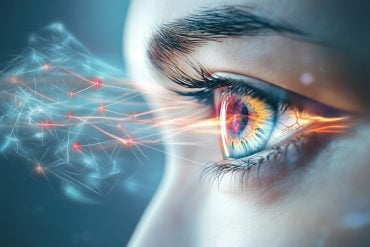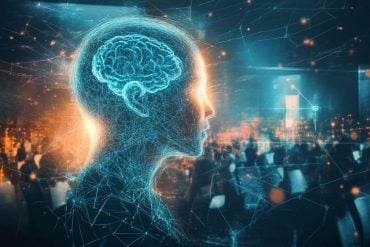Scientists have discovered that playing computer games can bring players’ emotional responses and brain activity into unison.
By measuring the activity of facial muscles and imaging the brain while gaming, the group found out that people go through similar emotions and display matching brainwaves. The study of Helsinki Institute for Information Technology HIIT researchers is now published in PLOS ONE.
It’s well known that people who communicate face-to-face will start to imitate each other. People adopt each other’s poses and gestures, much like infectious yawning. What is less known is that the very physiology of interacting people shows a type of mimicry – which we call synchrony or linkage, explains Michiel Sovijärvi-Spapé.

In the study, test participants play a computer game called Hedgewars, in which they manage their own team of animated hedgehogs and in turns shoot the opposing team with ballistic artillery. The goal is to destroy the opposing team’s hedgehogs. The research team varied the amount of competitiveness in the gaming situation: players teamed up against the computer and they were also pinned directly against each other.
The players were measured for facial muscle reactions with facial electromyography, or fEMG, and their brainwaves were measured with electroencephalography, EEG.
Replicating previous studies, we found linkage in the fEMG: two players showed both similar emotions and similar brainwaves at similar times. We further observed a linkage also in the brainwaves with EEG, tells Sovijärvi-Spapé.
A striking discovery indicates further that the more competitive the gaming gets, the more in sync are the emotional responses of the players. The test subjects were to report emotions themselves, and negative emotions were associated with the linkage effect.
Although counterintuitive, the discovered effect increases as a game becomes more competitive. And the more competitive it gets, the more the players’ positive emotions begin to reflect each other. All the while their experiences of negative emotions increase.

The results present promising upshots for further study.
Feeling others’ emotions could be particularly beneficial in competitive settings: the linkage may enable one to better anticipate the actions of opponents.
Another interpretation suggested by the group is that the physical linkage of emotion may work to compensate a possibly faltering social bond while competing in a gaming setting.
Since our participants were all friends before the game, we can speculate that the linkage is most prominent when a friendship is ‘threatened’ while competing against each other, ponders Sovijärvi-Spapé.
Notes about this neuropsychology and neuroimaging research
The research was conducted in collaboration between Helsinki Institute for Information Technology HIIT, Aalto University School of Science, Aalto University School of Business and the University of Helsinki.
Contact: Michiel Sovijärvi-Spapé – Aalto University
Source: Aalto University press release
Image Source: Both images are adapted from the Aalto University press release.
Original Research: Full open access research for “Keep Your Opponents Close: Social Context Affects EEG and fEMG Linkage in a Turn-Based Computer Game” by Spapé, Michiel M., Kivikangas, J. M., Järvelä, S., Kosunen, I., Jacucci, G. and Ravaja, G in PLOS ONE. Published online November 20 2013 doi:10.1371/journal.pone.0078795






